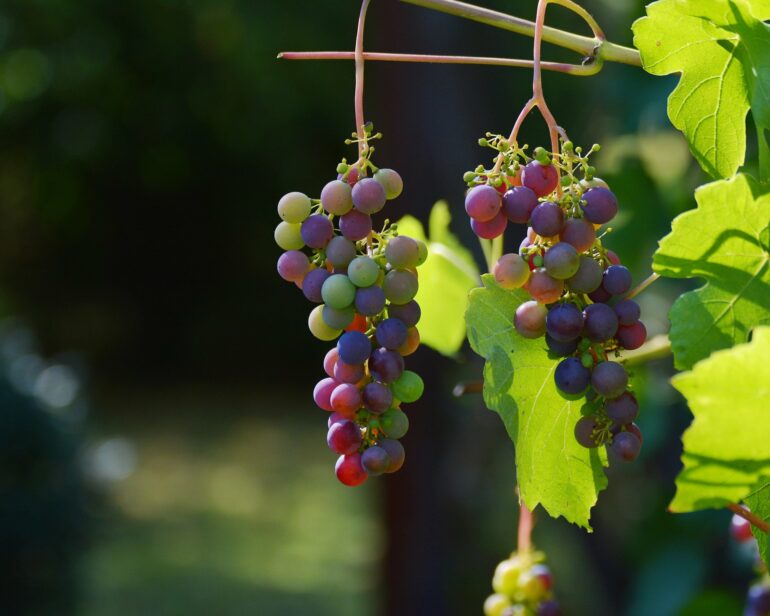Wild North American grapes are now less of a mystery after an international team of researchers led by the University of California, Davis, decoded and cataloged the genetic diversity of nine species of this valuable wine crop.
The research, published in the journal Genome Biology, uncovers critical traits that could accelerate grape breeding efforts, particularly in tackling challenges like climate change, saline environments, and drought.
“This research marks a significant step in understanding the genetics of grapevines,” said Dario Cantù, the senior author on the journal article and a professor in the Department of Viticulture and Enology. “It lays the groundwork for future advancements in grape breeding by identifying key genes responsible for important traits.”
The research team developed and used state-of-the-art technology to construct a comprehensive pangenome, which is a complete genetic blueprint of wild grape species.
This so-called super-pangenome of nine species allowed the team to map genetic diversity, identify similarities or differences among them, and pinpoint specific traits that breeders may want to incorporate. First author Noé Cochetel, a postdoctoral researcher in Cantù’s lab, did the analyses and played a pivotal role in the project.
It is the first North American wild grape pangenome to be mapped and cataloged, Cantù said.
“This offers tremendous potential for advancing sustainable grape cultivation, especially in regions facing water scarcity challenges,” said Cantù, a plant biologist who also holds the Louis P. Martini Endowed chair. “This pangenome will enable further genetic exploration of other vital adaptive traits essential for industry resilience, like drought tolerance, heat resistance, and defense against Pierce’s disease.”
Caused by a strain of the bacterium Xylella fastidiosa, Pierce’s disease kills grapevines by clogging their water-conducting vessels.
Wild grape pros and cons
North American grapes are known for their resistance to disease and adaptability, but they are not favored for taste and wine quality. European grapevines like chardonnay and cabernet sauvignon are less resistant to diseases but are renowned for producing high-quality wines.
North American species have a wide geographic range. As a consequence, they have evolved to withstand diverse climatic, soil and pathogen conditions, encompassing a broad spectrum of genetic diversity.
That is why nearly all wine grapes produced worldwide are from European vines grafted onto North American rootstocks.
Ability to select traits
The detailed pangenome will empower breeders to selectively incorporate desired traits from wild grapes, such as salt tolerance while avoiding less desirable characteristics.
“Salt tolerance is a crucial trait for rootstocks,” Cantù noted. “Identifying these traits at a genetic level is a major advancement for grape breeding.”
More information:
Noé Cochetel et al, A super-pangenome of the North American wild grape species, Genome Biology (2023). DOI: 10.1186/s13059-023-03133-2
Citation:
Researchers map North American wild grape pangenome (2023, December 19)



